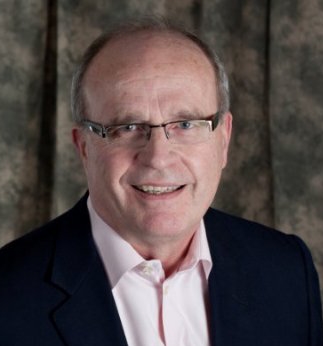Petition Asks FDA to Take NarxCare Off the Market
/By Pat Anson, PNN Editor
A citizen’s petition filed with the U.S. Food and Drug Administration is asking that controversial software used by Bamboo Health to analyze health data and give patients “risk scores” be declared a misbranded medical device and taken off the market.
The petition by the Center for U.S. Policy (CUSP) says the software “has fundamentally altered the practice of medicine in the U.S. to the detriment of patients” by depriving many of them of access to opioids and other controlled drugs.
(Update: On July 21, the CUSP petition was rejected by FDA on procedural grounds because it was “not within the scope” of the agency’s petition process.)
The clinical decision support (CDS) software – known as NarxCare -- uses proprietary algorithms to gather and analyze prescription drug and other health information for millions of patients, creating risk scores for them based on their potential for misuse. The risk scores are widely used by hospitals, pharmacies, insurers and other healthcare providers to decide whether to prescribe and dispense controlled substances to patients.
Patient advocates have long said the Narxcare scores are inaccurate and being abused, depriving legitimate patients of medications to treat pain, anxiety, depression and opioid use disorder (OUD). Some also believe the scores are being used by law enforcement to identify and take action against doctors writing high-dose prescriptions.
“There are a lot of cases of people being harmed,” says Lynn Webster, MD, a pain management expert and Senior Fellow at CUSP. “What tipped the scale for me was when I was asked to look at records for a doctor who had been accused of prescribing inappropriately, totally based on a risk score. And his records did not justify being investigated or asking that his DEA license to be forfeited.
‘There is actually no validity to the scores that they provide. Too many people are being harmed from a lot of different perspectives. It’s only hurting people, not helping.”
Having NarxCare declared a misbranded medical device is a novel approach, but Webster says the software is no different than any other device used to diagnose and treat a patient. Medical devices need prior approval from the FDA, which the agency has not given to NarxCare. Bamboo Health closely guards what data is used to create its risk scores.
“If you’re going to have a decision support tool for physicians, they have to have enough information to take a look at the content of what goes into developing that score, so they can override it and make their own judgements. But there is no information about what has really gone into it that’s publicly available that I can find,” Webster told PNN.
The petition asks the FDA to issue a warning letter to Bamboo Health, start a mandatory recall, and inform healthcare providers not to use the NarxCare risk scores.
Bamboo Health did not respond to requests for comment. In the past, the company has defended its software as an important clinical tool to help providers identify patients at risk of abusing opioids, antidepressants, sedatives and stimulants. Much of the data is collected from state-run Prescription Drug Monitoring Programs (PDMPs), which gather information on virtually every patient in the country who has been prescribed a controlled substance.
A 2021 clinical study looked at NarxCare scores for nearly 1,500 patients who were prescribed opioids in Ohio and Indiana. Researchers concluded that their risk scores were a “useful initial screening tool” for prescribers. The scores were deemed 86.5% accurate in identifying patients who are at low risk of opioid misuse.
But prescribers are not the only gatekeepers in the process. If a physician decides to go ahead and write a prescription for a “high risk” patient, a pharmacy or insurer could still refuse to dispense or pay for the medication, based on their NarxCare score.
“When patients with pain, OUD, anxiety, or insomnia, for example, have inadequate access to controlled medications their health care providers deem necessary, the resultant harms can include relegation to the illicit drug market, exposure to substances adulterated with illegal fentanyl, prosecution and incarceration, drug poisoning, suicide, and death,” Michael Barnes, CUSP’s chairman, said in a statement.













